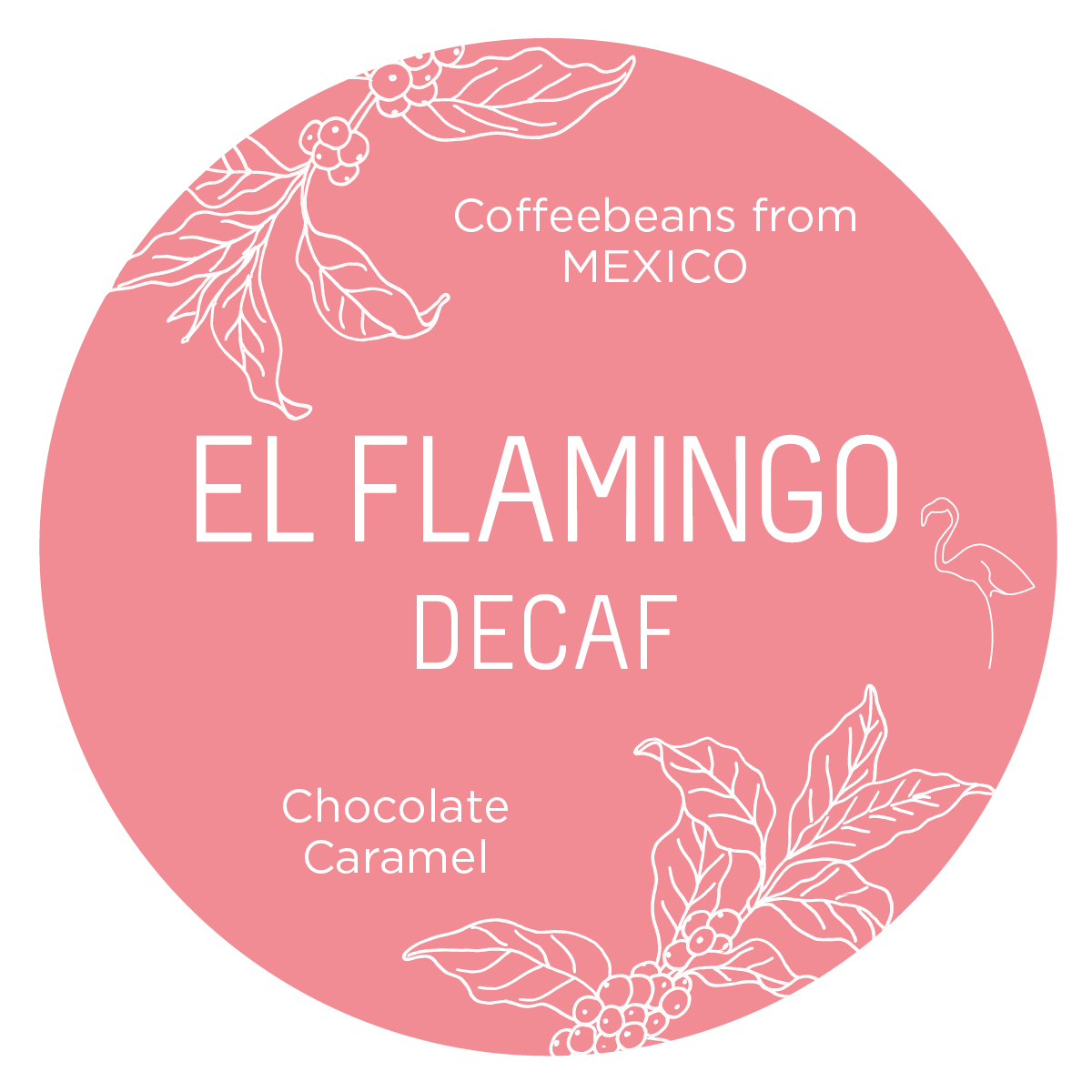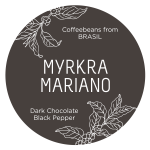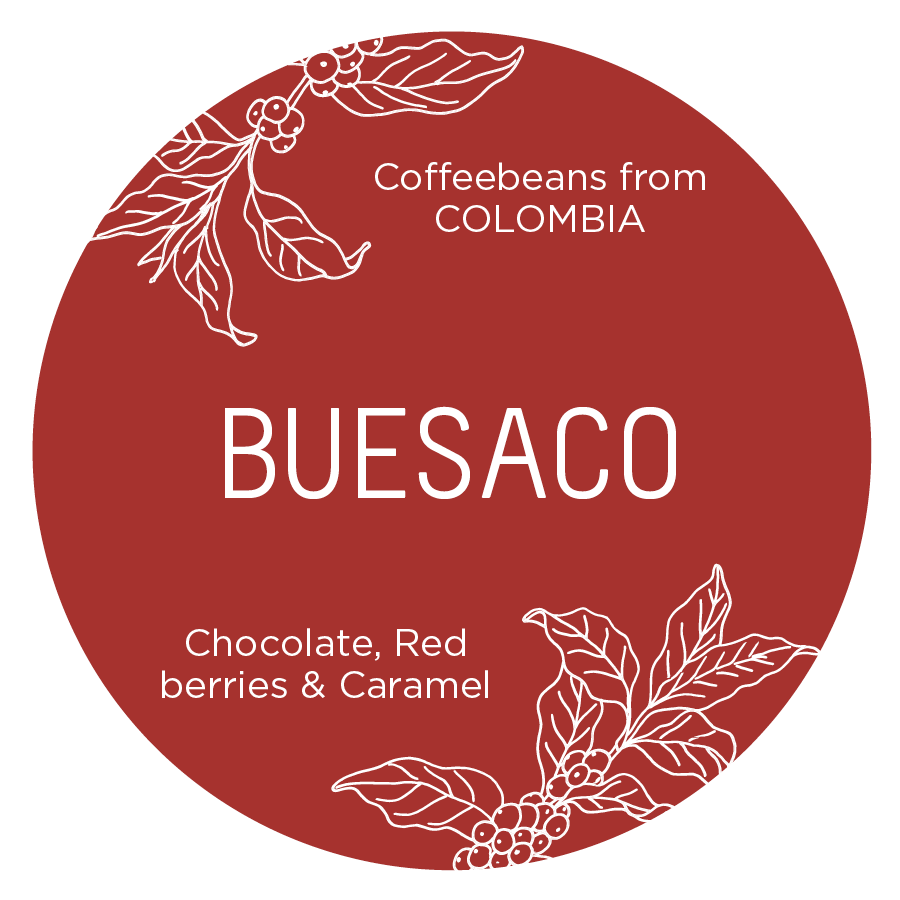Lýsing
This organically grown coffee comes from a community of farmers from Jaltenango, Chiapas. In 2011 these farmers joined together to financially survive the coffee rust disaster. Ever since then, they have been investing together in the renewal of their farms and benefiting from each other’s experiences.
The Community sells its coffee under the brand „Finca el Flamingo“. This name is based on the great love for the fishing village Celestún, Yucatán. The place is an insider tip as a retreat. The large nature reserve provides a home to flamingos and other waterfowl.
The CO2 decaffeination method
Here is a simple break down of how the CO2 decaffeination of coffee beans works:
- Coffee beans are soaked in water. (This causes the beans to swell to twice their size and allows the caffeine to ultimately dissolve into the water trapped inside the bean.)
- The soaked beans go into huge stainless steel extraction vessels, which are then tightly sealed.
- Liquid CO2 is then pumped into the coffee beans at an incredible rate of pressure — 1,000 pounds per square inch, at a temperature of roughly 200 degrees F. At this rate of pressure, we call this supercritical CO2.
- The supercritical CO2 acts as a solvent, absorbing the caffeine and some of the water. Each bean needs about 5-7 hours to diffuse all of its caffeine.
- Once the beans are caffeine-free, they’re removed, dried, and roasted for packaging.
But there’s one more step in this no-waste process. The decaf beans are now off for production, but what about all that extracted caffeine?
It is actually recovered through something called an absorption chamber. By simply showering the dissolved caffeine CO2 with water, the droplets of H2O pull the caffeine out of the CO2 and collect in a separate chamber. This liquid caffeine is then sold to drink manufacturers and other companies that add caffeine to their products.
The leftover CO2 is not wasted either. Now purified by the end of this whole process, it can be recaptured, recirculated, and reused.











